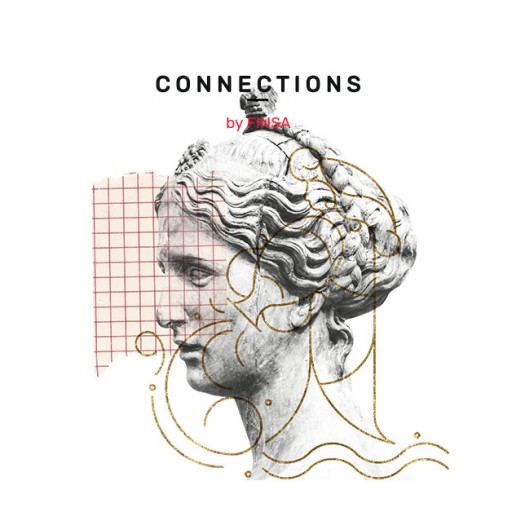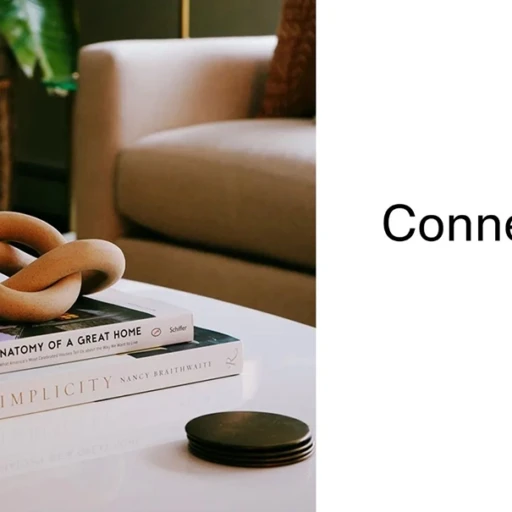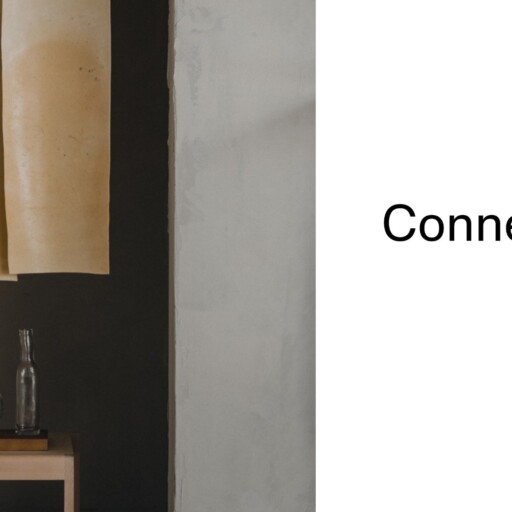What makes a visit to a cultural space a truly unique experience? What brings the emotions we felt when visiting an exhibition flooding back, months after the event itself is over? The answer is balance: the dynamic duo of culture and architecture coming together with the common of goal of moving their audience.
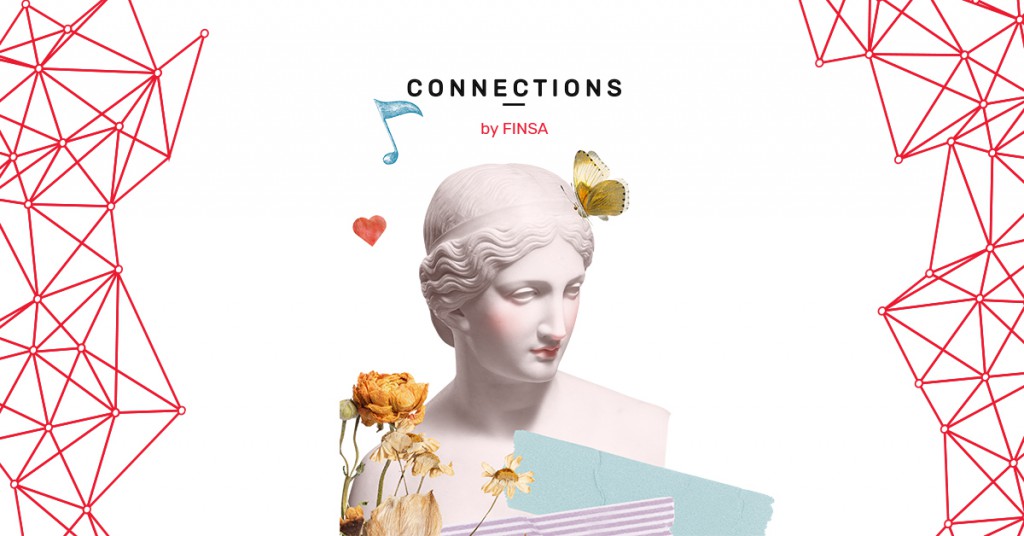
But how can this be achieved? Here are a few tips from studios that specialise in ephemeral architecture and the design of cultural spaces.
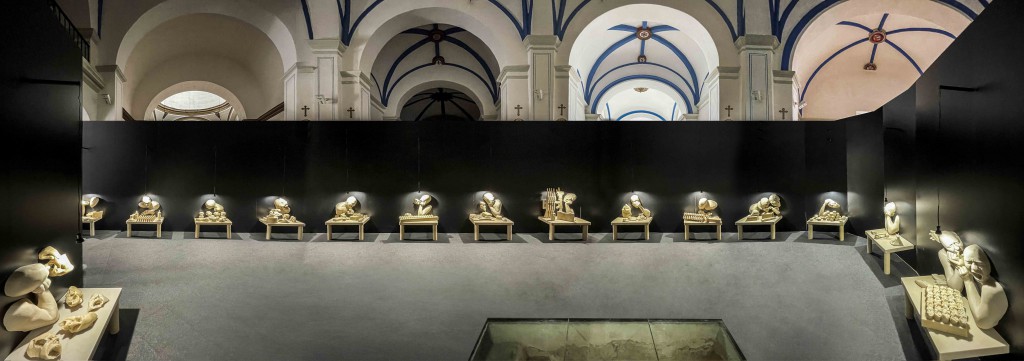
Museumization and cultural spaces
Museums, art galleries, and cultural centres. The permanent nature of architecture remains thanks to the creation of new cultural spaces. However, when it comes to a project, there are certain elements that define its development.
The first step lies in understanding how the venue will be used, which requires an analysis of what exactly will be exhibited, the expected flow of visitors, and the available space.
Lighting, ventilation, accessibility, and the design of the space are also essential for allowing the exhibited pieces to shine, creating an atmosphere that conveys the emotions of the exhibit, ensuring that the pieces are preserved, and guiding visitors through the exhibit. There is another key aspect, and that is architecture that is ‘generous’, meaning that it doesn’t overtake the pieces themselves.
Ver esta publicación en Instagram
Transience, innovation, and creativity
Ephemeral architecture is becoming more and more popular, acting to complement, strengthen, and supports exhibitions, social events, and trade fairs. Each project is unique and temporary, which is exactly what makes them such attractive options for studios that specialise in this type of project, such as Ángel Rocamora and ENORME Studio.
According to Carmelo Rodríguez of ENORME Studio, the temporary nature of these projects means that designers can experiment a lot more. “Ephemeral installations often turn into R+D+I experiments for how systems and materials can be used. These things will then be used in the most innovative way possible for other, less temporary architecture projects,” he says.
Ángel Rocamora sees this type of architecture as “exciting”, explaining that “a backdrop for a contemporary art exhibit can’t be the same as the backdrop for one showing archaeological pieces that are 5,000 years old. What’s interesting is how you can convey something using a backdrop that interacts with the pieces and the visitor. It might sound odd, but that’s achieved through the architecture”.
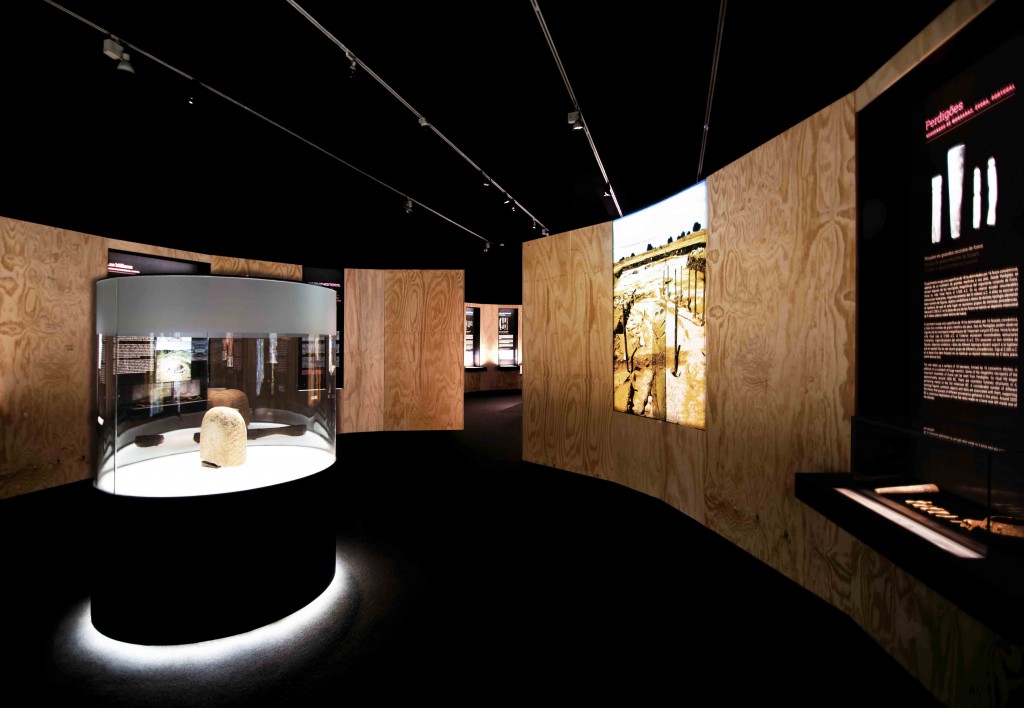
According to Rocamora, the key lies in studying the content of the exhibition, keeping in mind the three main players: objects, curator, and audience, and achieving the aforementioned balance in which “the architecture doesn’t overshadow the very thing it is supposed to support, but rather create a rapport between the two, serving as an effective partner within the dialogue”. It’s about reinforcing what the exhibition is trying to convey using the “scenography of architecture”; that is, providing that extra something that the pieces themselves might need.
“When it comes to daily life or religious rituals, for example, the spaces in which these acts were performed, where people ate…that’s architecture. It can be achieved by recreating the space or through different shapes. It seems complicated, but the result is marvellous,” says Rocamora.
Stands that are works of art
Ephemeral architecture can also be used to underscore the image of a brand using installations at trade fairs. These pieces often end up becoming works of art themselves.
“First, it’s important to think about how to reuse materials and other elements that the installation is made up of without sacrificing anything in terms of visuals or expression, and without losing the capacity for innovative use of materials and spaces that is a part of ephemeral installations,” explains Rodríguez.
This is a premise that ENORME Studio applied to Astral Bodies, an installation created for Finsa for Milan Design Week 2019, which lived on beyond the event itself. Its unique meteorites have now been seen at seven different trade fairs.
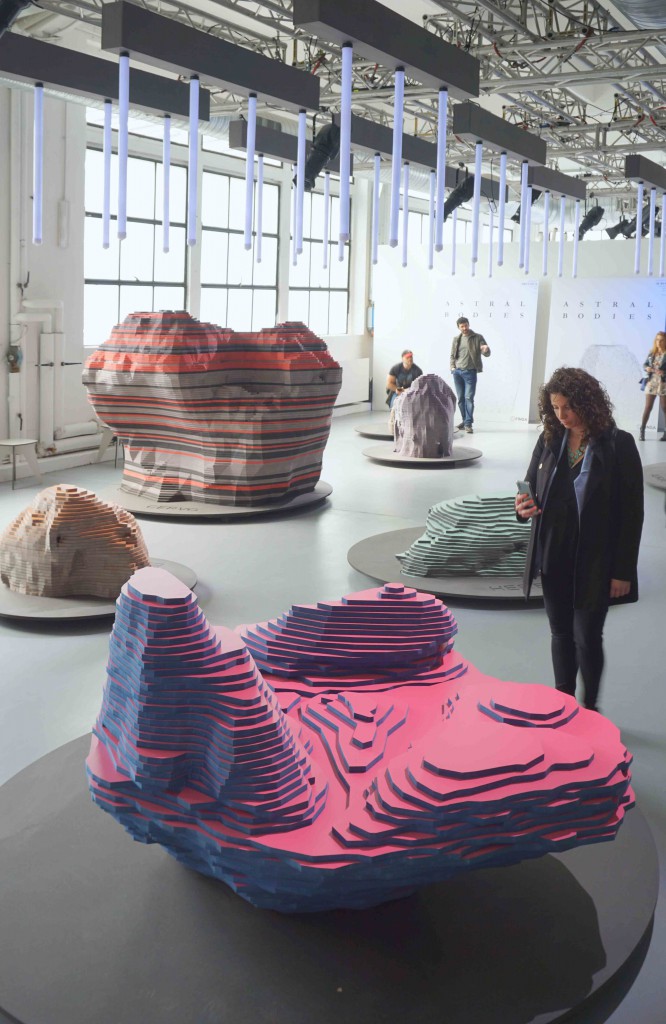
Ángel Rocamora’s installation Conexión by Finsa offered a look at the lifecycle of wood and its connection to people using a ‘town square’ design concept.
“It wasn’t about the product itself, but rather the gift of meeting with others. The space was defined by concatenated wood elements. There was accompanying information, but it was information defined by a certain secretiveness that wasn’t actually selling the product, but rather defining the space. We decided to hold some talks about wood and humans’ relationship with it within the space”.
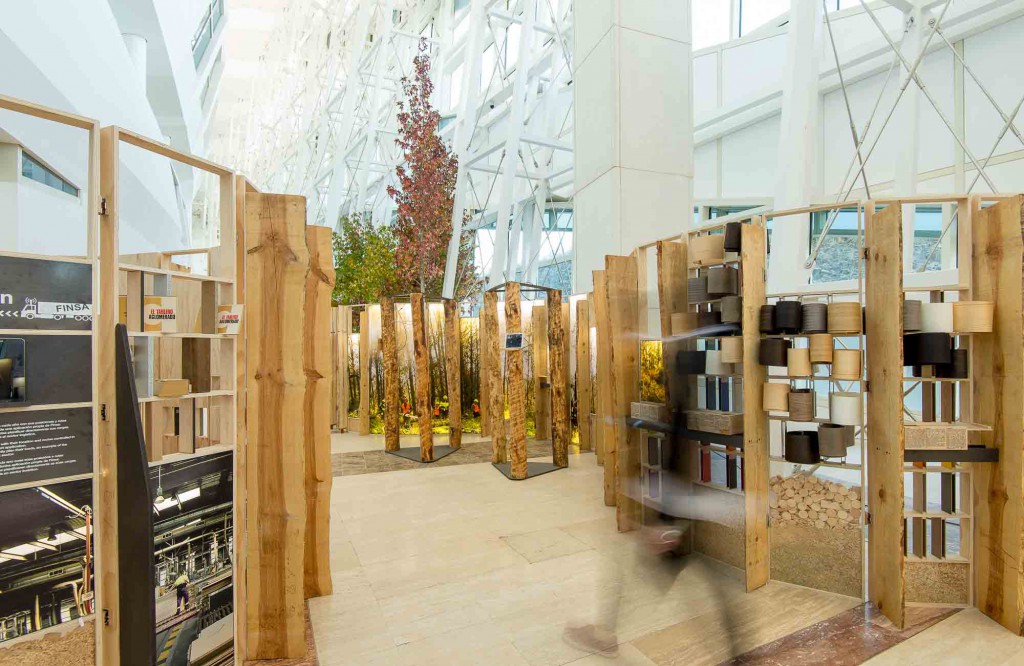
Public spaces
The space is not always well-defined. Thanks to the pandemic, public spaces are becoming the protagonists of our social and cultural lives. ENORME Studio has spent years working on open spaces that feature innovative architecture that encourages participation.
The challenge is a lot bigger in these cases. There are physical, emotional, and identity elements in these spaces and, for Carmelo Rodríguez, these elements are the starting point for the project.
“In urban installations, the existing features of the space are almost more important than the installation itself. Getting people interested in a public space, anything urban- or design-related, is one the most important challenges for institutions and brands because, if we can achieve that, we can create a society with a better design culture. The educational aspect is essential.”
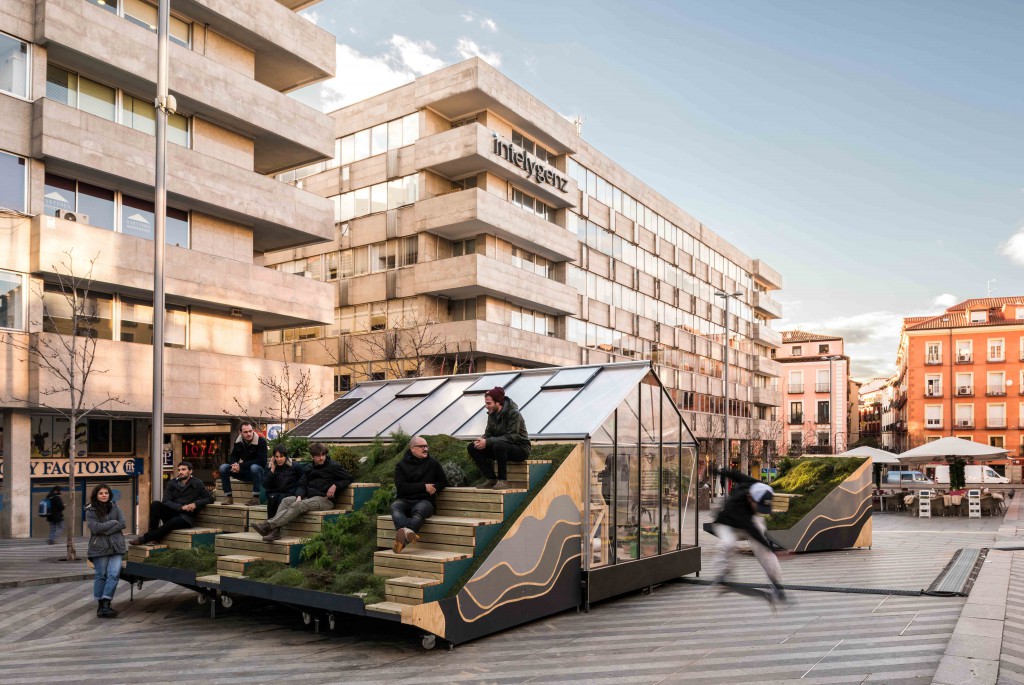
People as an architectural element
Installations in both interior and exterior spaces must always make space for an essential element: the public. Rocamora explains that people become “a part of the structure” and that they “change the visual relationship, the height of the tables…They provide a certain element of improvisation and lack of control to the installation”.
People equal participation. ENORME Studio always makes interactive installations “because they can be used in a ‘freestyle’ way and because of the aspect of surprise or visual expectation that they create. The person is at the centre of it all and is the starting point for this type of project. We’ve even worked with whole communities and students to design and build the installations themselves”.
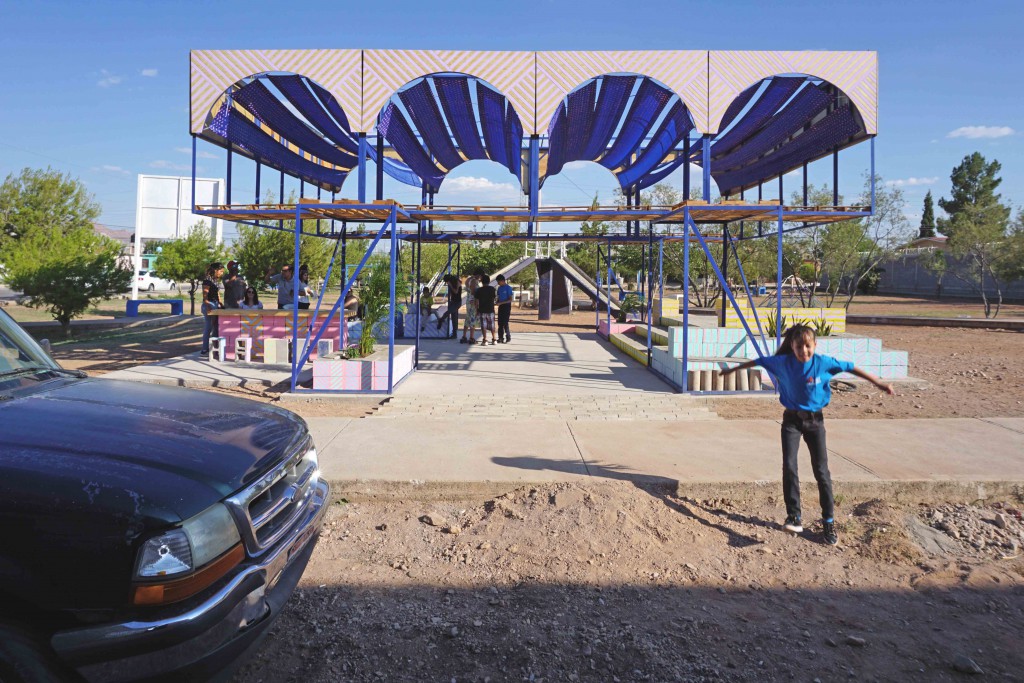
Transience: an ally in design
It may not seem like it, but the transient nature of this architecture is quite rewarding for its creators. For Rocamora, it strengthens the social aspect of architecture. “It takes us out of a sector that is all about time, with its concatenated crises, and it brings us back to culture and people. It is very satisfying to be able to work with the social aspect of architecture.”
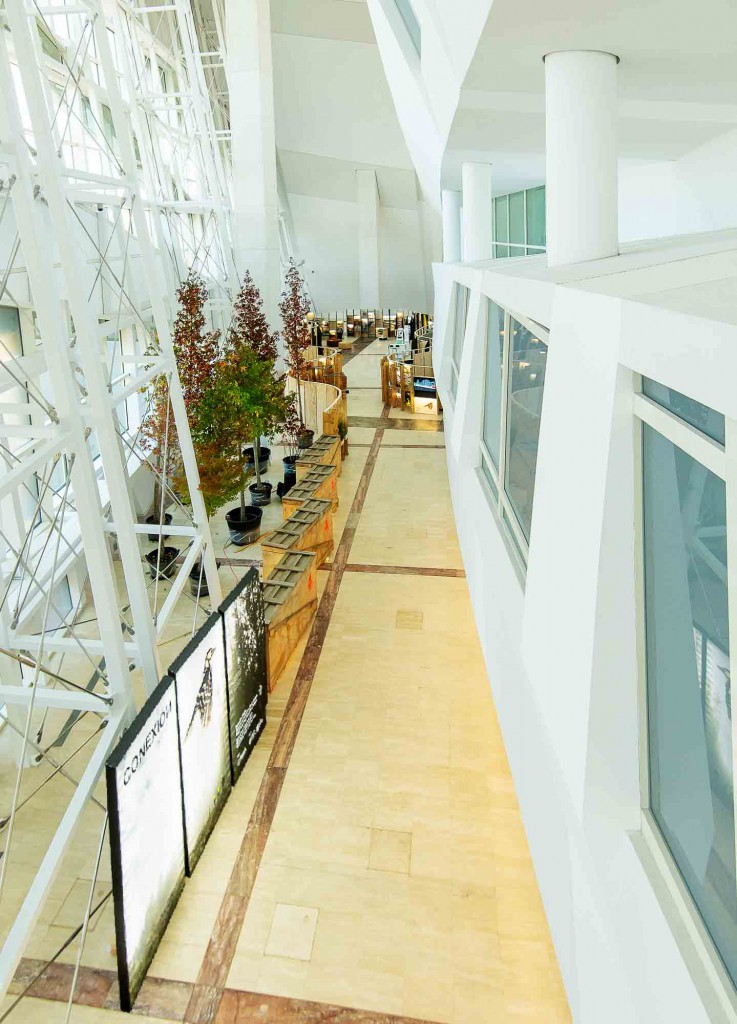
“As Blade Runner said, “the light that burns twice as bright burns half as long”. The element of expression and formality means that people can have more intense spatial experiences in ephemeral and temporary installations,” says Rodríguez.


